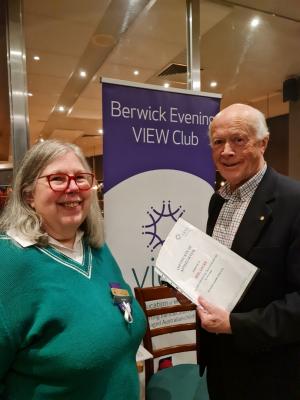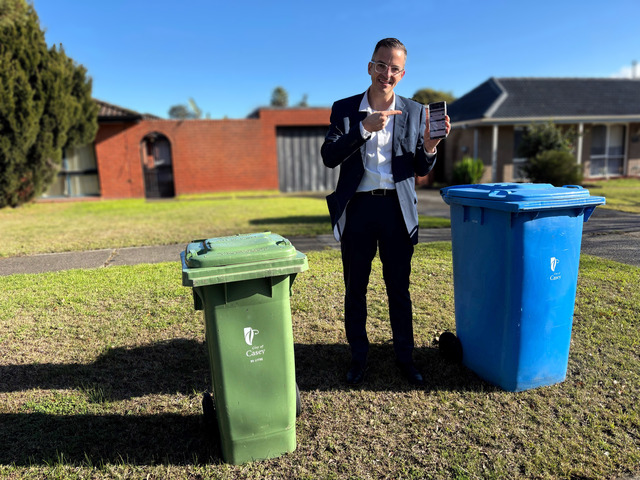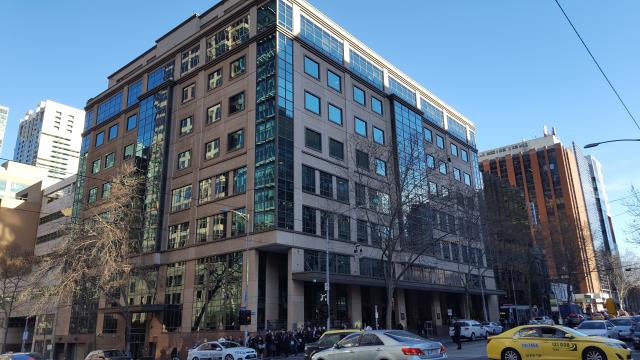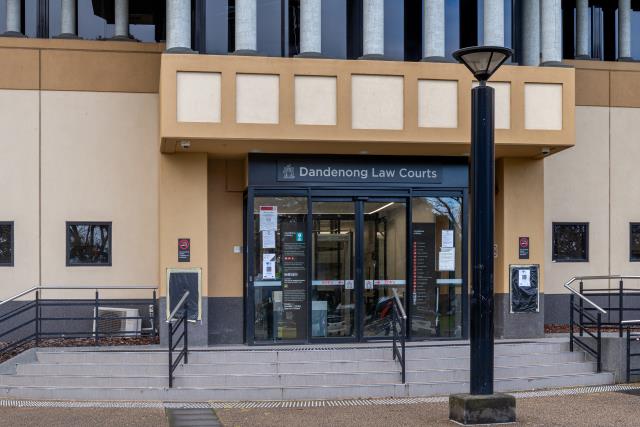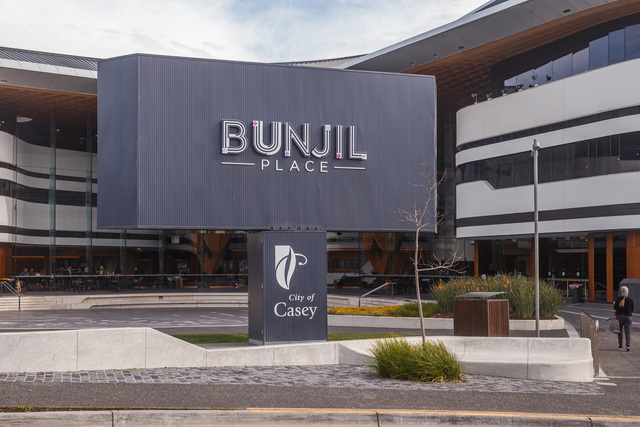After dinner speakers were reintroduced to the list of activities conducted at Berwick Evening VIEW Club’s monthly meetings and who better to start the season in April than popular Berwick identity Neil Lucas PSM, JP.
Neil came to share his interest in the history of Berwick and the background of the names of some of the streets, parks and landmarks in Berwick and the surrounding district at a special meeting on Monday 19 April.
Neil Lucas’ former achievements include being CEO of the City of Berwick; a State MP; the mayor of Casey; and serving in a Vice Regal role as administrator of the territories of Christmas Island and the Cocos Islands.
Currently he is chairman of the Berwick and Harkaway Cemetery Trust.
In preparation for Neil’s presentation, Berwick Evening VIEW Club president Jan Whitaker found that an enjoyable way to study Berwick was to examine its Coat of Arms, granted in 1976.
“It is a rich visual history with every image representing part of Berwick’s history. Neil Lucas’ oral history will be the perfect companion,” she said.
Neil Lucas started his address by saying that one of the earliest European settlers in what was to become Berwick was Captain Robert Gardiner.
Gardiner most likely sailed from Western Port Bay as far down Cardinia Creek as possible. He predicted a village in the area much like John Batman’s, saying “This will be a place for a village”, referencing Melbourne.
In 1837 Gardiner took up a pastoral lease where Edrington is located and named it Melville Park. In 1854 Robert Gardiner named the embryonic Berwick after his place of birth Berwick-on-Tweed in England.
The area was occupied by the Aboriginal Bunurong and Wurunderj tribes prior to European settlement.
“I lament the lack of historical information about these nomadic original inhabitants,” Neil said.
Neil Lucas’ encyclopaedic recall was now on a roll and VIEW members encouraged him to continue providing information about a selection of Berwick’s trailblazers.
Neil said that many of the first settlers in Harkaway, north of Berwick, were German Lutheran farmers with the now famous Ernst Gottlob Wanke, a medical student, first coming to Australia as a ship’s doctor.
Ernst Wanke has been credited with donating land for a church, school and being on The Harkaway Cemetery Trust. Wanke is the great, great grandfather of new VIEW member Barbara.
The Border Inn (later named Berwick Inn) was a Cobb and Co stop and owned by Robert Bain. Bain was also a store owner and postmaster.
In 1878 he donated a 500 year lease on land near his hotel.
He stipulated that it be used to build a new Mechanics and Public Library, hence the construction of The Mechanics Institute and free library containing the Lady Casey Collection.
Neil stated, “I was pleased that bricks from the original chimney were incorporated into the new library along with the facade.”
VIEW guest Marion is a long term volunteer at the library.
Edwin Flack – the lion of Athens – was the first Australian to participate in the first Olympic Games of the modern era where he won the 800m, 1500m and came second in the marathon.
The Edwin Flack Reserve is named in his honour and a statue exists on the High Street centre strip.
Facts and dates continued to flow from Neil Lucas.
In 1959 Cr Claud Harris from the Shire of Berwick successfully suggested that The Berwick Showgrounds and Recreation Reserve be renamed Akoonah Park after the Aboriginal word meaning “running waters.”
Harris was the great grandfather of VIEW member Kaye.
Neil continued: in 1954, brothers William and James Wilson bought land on which Wilson Botanical Park would be built.
A functioning basalt quarry was developed and in 1973 family members, George and Faye Wilson, gifted Berwick 17 hectares of land. The city council later bought additional land and the Wilson Botanical Park was ready to be opened by Governor General Hayden in 1992.
Neil said with a grin that Berwick has a Hollywood connection because in 1959 some of its countryside was filmed for the Stanley Kramer directed ‘On the Beach’ starring Gregory Peck and Ava Gardner.
The book on which the film was based was written by Neville Shute.
Ava Gardner is attributed as having said, “Melbourne was the perfect place to make a film about the end of the world.” Berwick seemed to escape her wrath.
It was confirmed that the streets of Berwick honoured VIEW members’ new acquaintances in the form of: Melville Park Drive, Ernst Wanke Road, Bain Street, Edwin Flack Reserve, Harris St, Kramer Drive and Shute Avenue.
“What’s in a name?” asked Shakespeare’s Juliet. Considerable according to Neil Lucas.
VIEW member Peta knew Berwick had embraced the importance of heritage in the form of Juliet Way and Romeo Avenue. Romeo and Juliet has often been performed on the lawns at Ford Castle, Berwick-on-Tweed and since 1982 Berwick has enjoyed namesake sister city status with Berwick-on-Tweed.
“Maybe that’s what’s in a name!”
All enjoyed an enlightening evening and Neil’s kind words about The Berwick Evening VIEW Club: “I like speaking at functions held by people who support the disadvantaged in our community.”
Please contact Jan Whitaker 9705 9009 if you would like to join the Berwick Evening VIEW Club next month.

